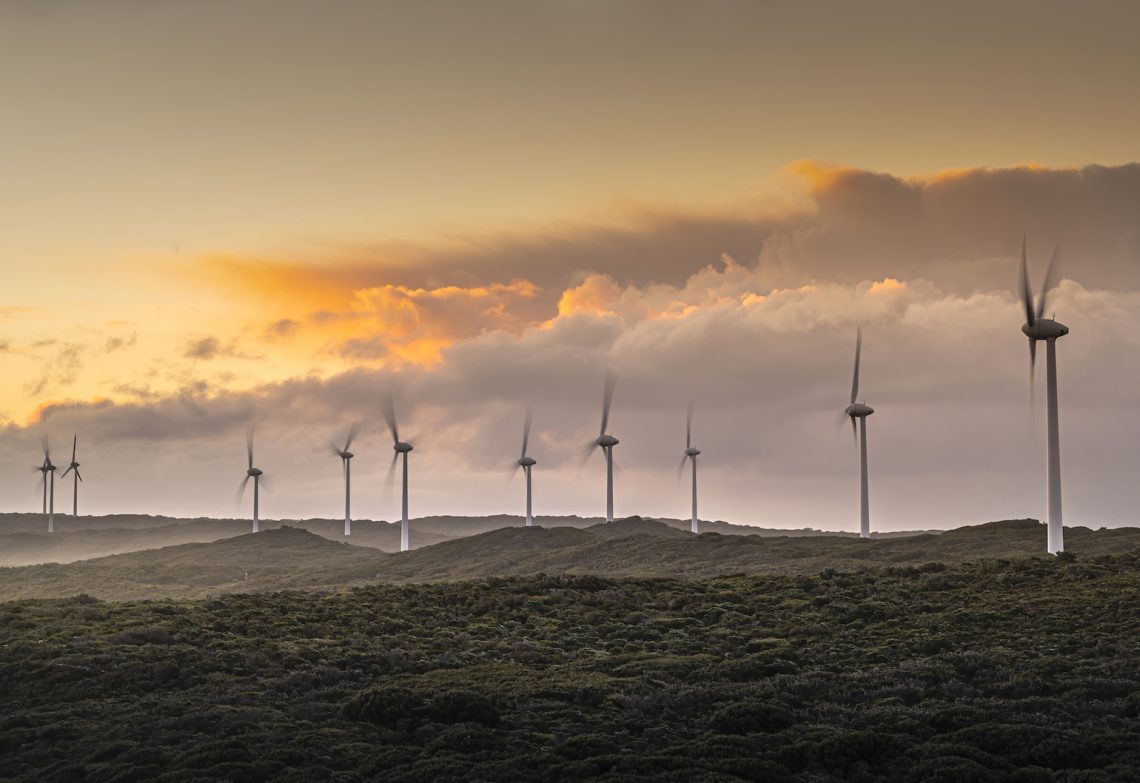Engineers Australia’s Climate Smart Engineering conference has, for the second year in a row, highlighted the important role engineering will play in confronting the challenge of climate change — and why the profession will not be able to solve the problem alone.
Held virtually in November over two half-days and supported by live networking events in four Engineers Australia offices around the country, the conference heard from a range of national and global leaders in their respective fields on how the engineering profession can better manage the complex challenges of achieving net-zero carbon emissions as soon as is practicable.
“There is perhaps no other time in history when great engineering is pivotal to the evolution of the human species,” Engineers Australia National President Dr Nick Fleming, FIEAust CPEng EngExec NER, told the conference in his plenary address.
‘It’s exciting to see the momentum continuing to build around clean energy, underpinned by the net zero commitments of governments and the business community. Of course, it’s deeds, not words, that matter. And, speaking plainly, we still aren’t acting with the urgency required.
At Engineers Australia, we recognise that practical action at pace and scale is required to achieve massive reductions in greenhouse gases within a decade.’
The conference kicked off with a keynote speech from Kevin Hennessy, lead author of the Australasia Chapter of the IPCC’s Sixth Assessment Report on Impacts, Adaptation and Vulnerability, who highlighted the particular risk facing Australia.
“The IPCC report made it clear there are developing countries around the world that are highly vulnerable,” Hennessy said.
“But when you zoom into Australia and New Zealand, Australia is more vulnerable than New Zealand and we’ve seen that with various disasters … We are not immune because we are a developed country with lots of resources. We are better off than some countries but are not entirely resilient.”
A keynote speaker on day two, Dr Saul Griffith, offered a bold yet simple answer to the problem: electrify everything.
Griffith believes an economy-wide shift to sourcing all our energy needs from renewable electricity would lead to significant gains in sustainability as well as quality of life.
“Electrification is going to be the majority of the solution outside of land-use and agriculture. We just need to focus the mind on that, and build the policies and the technologies,” he told delegates.
“You could supply nearly everyone in the world with an improved quality of life, do it with zero emissions, and do it on time to beat a two-degree target.”
A recurring theme throughout the conference was the importance of engineers working with other professions to meet the challenge.
“Engineers are generally pretty good at collaborating with other disciplines. I’ve been involved in lots of design projects that have involved a range of different engineering disciplines,” said Chief Executive Officer of Engineering New Zealand Dr Richard Templer FEngNZ in a panel titled “What can a multi-sectoral professional approach bring to Australia’s climate agenda?”
“Ultimately, you’ve got to have something that works from a financial sense or business sense and environmental sense — or planning sense — as well as an engineering sense.”
The panel also heard from representatives from the accounting, legal, and academic sectors.
Other sessions covered decarbonisation efforts in the construction and transport industries.
Dan Hogan, Associate Director at construction and consulting company Mace, outlined his company’s innovative strategies to rethink construction and minimise the industry’s impact on the climate. This involved pursuing a sustainable world by reducing the company’s carbon footprint and streamlining processes; delivering distinctive value to deliver high-quality projects; and growing the construction industry by using new technologies.
Meanwhile, Michael Lehfeldt, Transurban’s Head of Assets Engineering in Queensland, broke down his company’s strategic approach to sustainability.
“The experience of preparing the climate risk and adaptation management plans has flagged the importance of understanding the resilience of adjacent road networks and feeders,” he said. “This is a clear area of focus for us over the coming years.”
Sophia Hamblin Wang, Chief Operating Officer of MCi Carbon, also took on the construction industry in her keynote address, looking at how to transform building materials for a circular economy.
“We could be locking away 19 million tonnes of CO2 within Australia per annum if we accelerate at the opportunity,” she told create. “And we think that number is a low estimate, but it’s still really good to have it out there.”
In a keynote address on the second day, Clareo Board Chair and Managing Director Peter Bryant took on what he referred to as the “innovation challenge”, saying the problem was broader than mere emissions.
“There’s a billion people in the world without electricity and another billion with inconsistent use. It’s okay for us in the West; we aren’t the big emitters anymore,” he told create.
“How do we engineer solutions to get affordable, reliable, accessible energy – that’s as clean as possible – to these people as fast as we can? It’s not moral to exclude them from electricity, because that’s the path to prosperity.”
The Climate Smart Engineering Conference will return in 2023 across two days, 29 and 30 November, at the Melbourne Convention and Exhibition Centre.
In the meantime, if you’d like to hear from these speakers yourself, online registrations are still open which allows you to access recordings of all sessions on demand.
Media error: Format(s) not supported or source(s) not found
Download File: https://createdigital.org.au/wp-content/uploads/2022/12/CSE-Conference-2022-Facebook-Video.mp4?_=1


